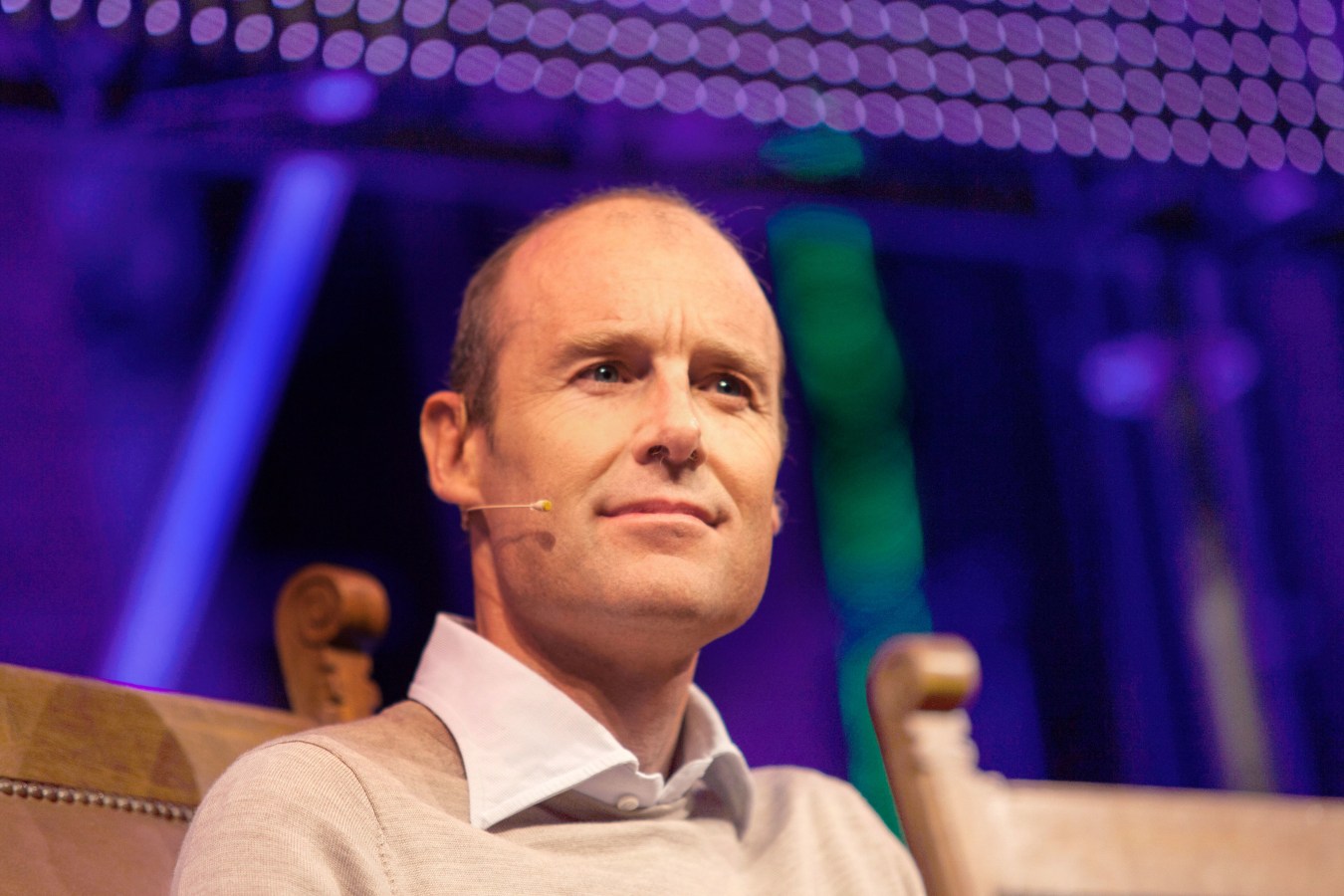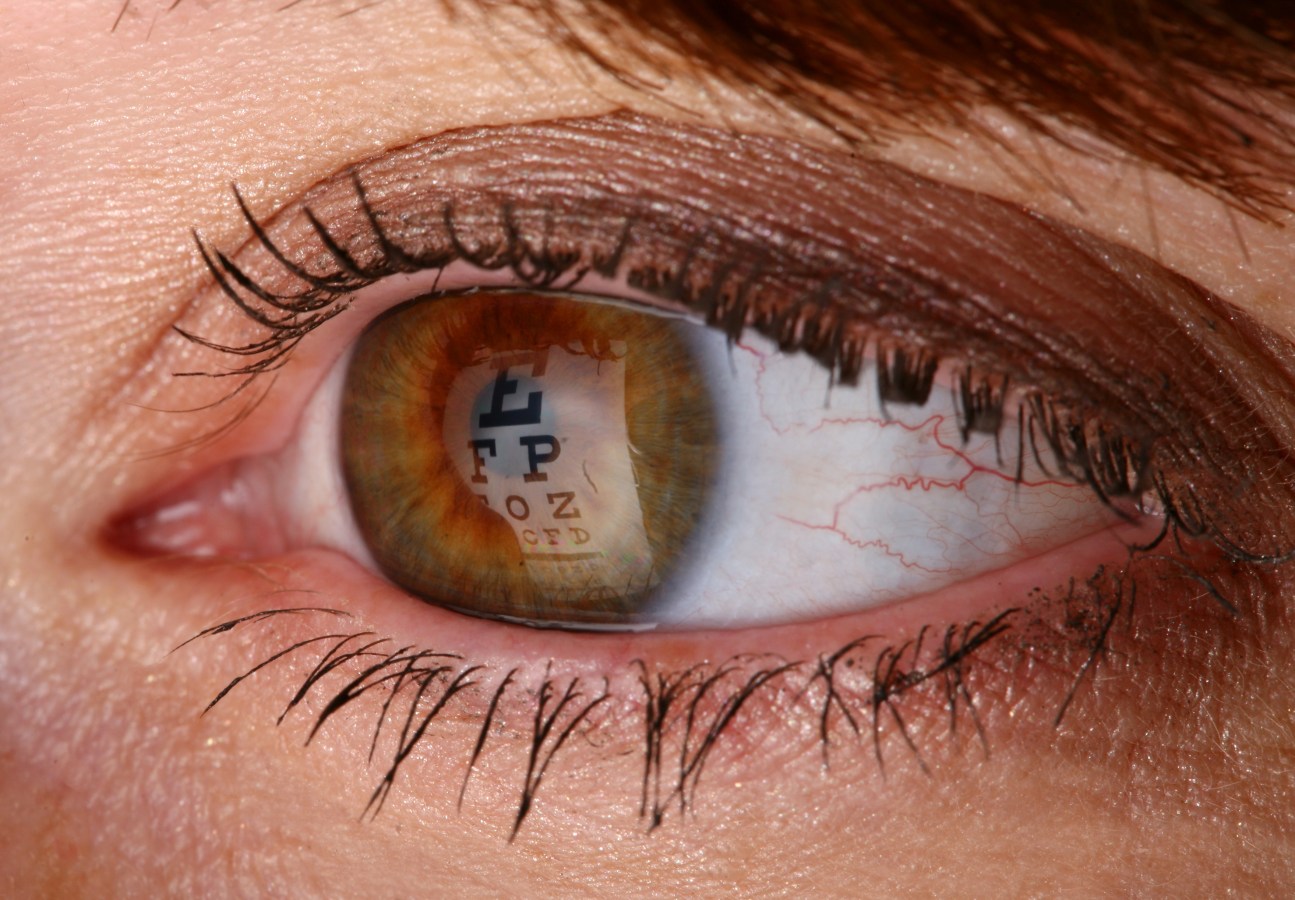Payments processing giant Stripe announced that it has raised a $6.5 billion funding round at a $50 billion valuation on Wednesday. The new valuation marks the latest in a series of cuts for the Stripe and for unicorns more broadly.

The new funds will be used to help current and former employees pay taxes related to their expiring restricted stock units Stripe. In doing so, some Stripe shares from earlier investors and stakeholders will be retired and offset the new shares issued in Stripe’s Series I.
Founded in 2010, Stripe grew from a single tool—code for developers to enable credit card payments on their sites—to a large suite of billing, tax and other fintech tools, including a recent partnership with OpenAI.
The Collison brothers, who still run the company, are now each worth $5.5 billion, Forbes estimates, down from $9.5 billion at Stripe’s peak valuation in 2021. Forbes estimates that each brother owns an 11% stake in the company.
Related
Stripe does not need the new funding to run its business, according to the company’s press release. The company’s valuation discount is part of a broader market correction in the tech industry, which Stripe has been wrestling with for the last several months. Stripe took steps to prune its workforce, including layoffs for 1,000 employees, in late 2022. In early 2023, Stripe cut its valuation internally on at least three occasions to $63 billion, Forbes reported. Around that time, Stripe also set a 12-month deadline for an IPO decision.
A spokesperson for Stripe did not immediately respond to a request for comment.
Investors included existing shareholders Andreessen Horowitz, Thrive Capital and the Founders Fund, which notably advised companies in its portfolio to remove money from Silicon Valley Bank shortly before its failure last week. Stripe said it did not have exposure to SVB, the FT reported. New investors including GIC, Goldman Sachs Asset and Wealth Management and Temasek joined this round.
Stripe’s closest publicly traded peers, PayPal and Square, are also down this year. Shares for both companies are down more than 30% from last March.
This article originally appeared on Forbes.com
Look back on the week that was with hand-picked articles from Australia and around the world. Sign up to the Forbes Australia newsletter here or become a member here.



